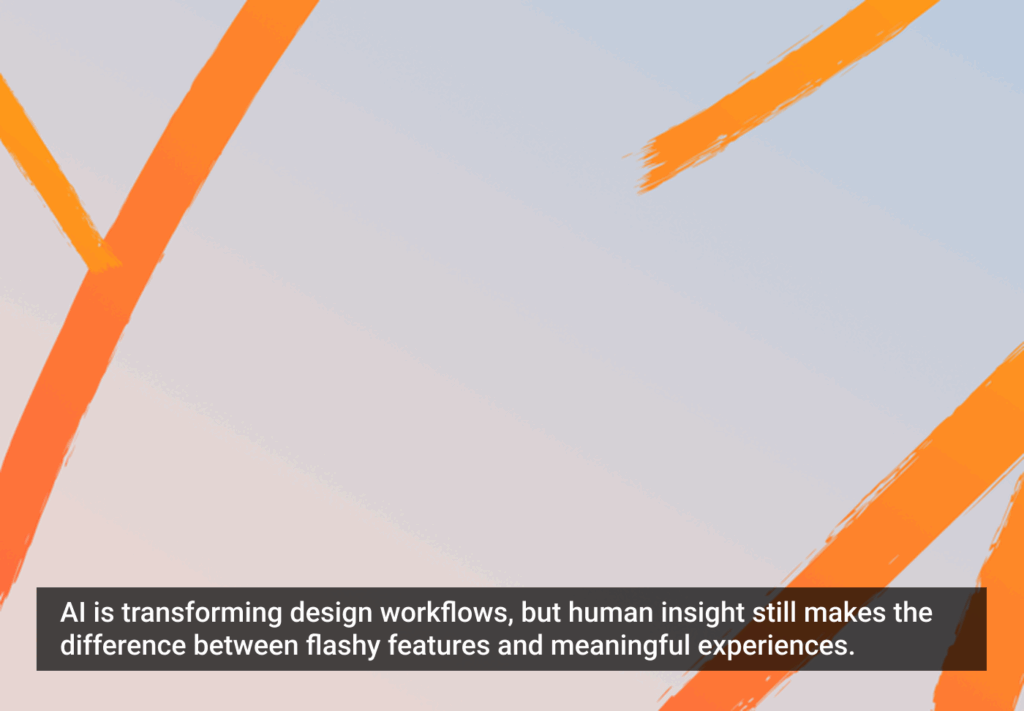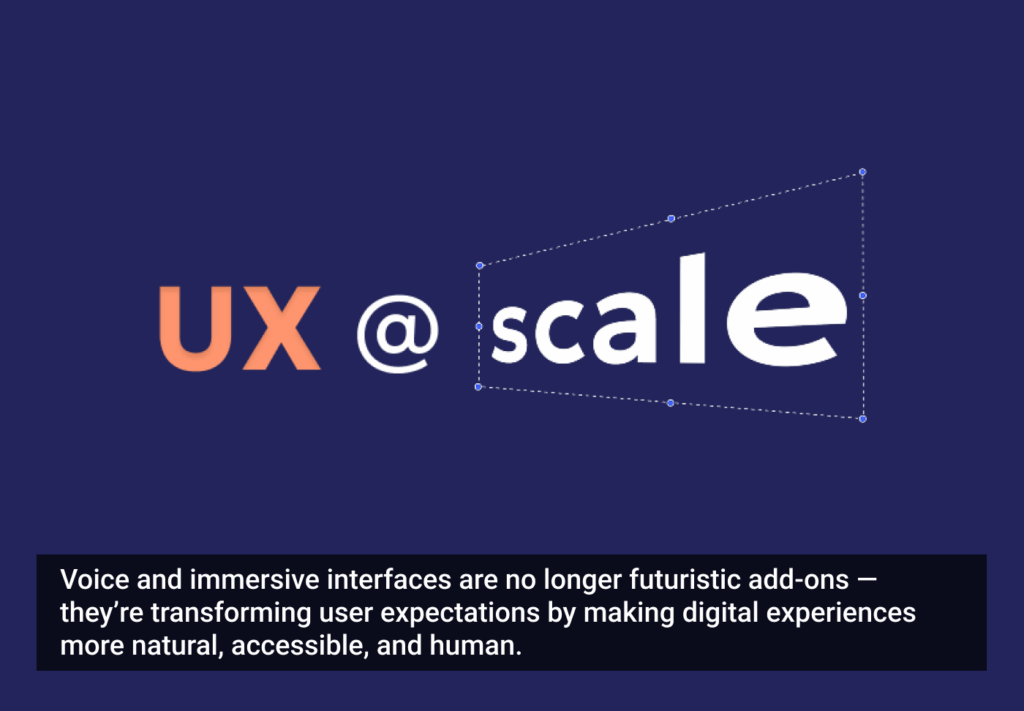For over a decade, the U.S. Department of Justice (DOJ) has been advocating for standardized website development and content to increase the accessibility of the Internet for those with disabilities.
But consent decrees and/or settlement agreements for inaccessible websites have hit Target, Amazon.com, PeaPod, Netflix, H&R Block, Hilton International and many other corporations over the past few years. In fact, overlooking easy-to-do tasks such as adding alt-text and headings cost Target $6 million to settle a class action suit filed by the National Federation of the Blind.
Ultimately, compliance with the DOJ and the American Disabilities Act (ADA) is not just about better serving the individuals with vision or hearing issues—it’s about providing a better web user experience for everyone.
The importance of an inclusive user experience
Some of the disabilities that keep someone from enjoying your full customer experience are:
- Color blindness
- Blindness and low vision
- Deafness and hearing loss
- Learning disabilities
- Cognitive limitations
- Limited physical dexterity, such as the inability to use a keyboard or mouse, and more.
To help navigate the web, tech innovators have done a great job providing assistive devices like screen reader software (seen in the video below), voice interactive software, Braille output devices, or closed captioning.
But even with these technology tools, an estimated 18% of the United States population with disabilities still have website access issues. This is a big deal, not because of the maximum penalty the DOJ imposes for a violation is $75,000 (subsequent violations are $150,000), or because settlements are in the millions. This is a big deal because businesses can’t afford to ignore almost 20% of their target audience, especially when the U.S. Department of Labor estimates this population controls more than $200 billion of discretionary spending power.
Layout and color rule web design, but not everyone can access the web the same way
If improving your customer experience is not enough incentive, lawyers say the best way to avoid an ADA problem (and the courts) is to be proactive, even though the government has not explicitly defined legal standards. But those seeking a regulatory change might be disheartened to hear that the DOJ’s Public Accommodation Website Regulations, originally expected in June 2015, have been delayed until April 2016.
The good news is there are Web Content Accessibility Guidelines (WCAG) that provide designers with standards for making web content more accessible. While the DOJ sorts out the legal definitions and rules regarding website accessibility compliance, they are using the WCAG as criteria for any consent decrees and lawsuits. This means businesses can easily prepare for next April by meeting WCAG’s basic A-level standards.
For instance, adding consistent and clear labels can improve your site’s SEO, as browsers crawl the same elements outlined in WCAG. This means your content will be easier for any potential customer to find. And, missing captions are a lost opportunity. They help to create curiosity and educate all visitors.
That being said, designers and developers really just need to be more mindful and aware.
My accessible design story
Layout and color rule the world for anyone that works in website design, but not everyone can access the web the same way. Personally, I had my own ‘aha’ moment during an ADA workshop that reviewed the different levels of color blindness. As part of the course, we had to navigate a website using only the arrows on a keyboard.
This is something I challenge all website designers to try. To navigate through the page(s), hit tab or use the arrow key to read one of your own websites. This is how someone who has to use a screen reader consumes a page. It is just like reading a book and goes left to right.
However, when a designer does not tag, or name all subheads, they stop the reader from being able to navigate the website. If the skeleton structure is not named appropriately, the reader is unable to read the post or article.
Providing text alternatives and adding labels are critical for any non-text elements. The behind-the-scenes text allows assistive devices to transform the element into large print, braille, speech, symbols or simpler language.
Luckily, there are simple tools that allow you to test your design:
- Photoshop has a color blindness checker built right into the program.
- Vischeck shows you what a colorblind person actually sees.
- Wave, a free tool, grades your accessibility and displays the scoring on your web page with icons and indicators.
Below is a checklist of 15 tips you can use to improve your accessibility.
Videos with audio
- Provide captions
- Provide full text transcript of the video or a version of the video with a text description
- Include a mechanism to stop, pause, mute, or adjust volume for audio that automatically plays on a page for more than 3 seconds
Non-text content
- Add a text alternative to all of your images
- Add a text alternative to your audio and video (a succinct description of the topic)
- Add a name to all of your controls (such as `Search’ or `Submit’)
Text content
- Break up content with subheadings for new sections
- Add a `Skip to Content’ link
- Label elements and give instructions
- Clearly identify input errors
- Avoid elements that flash more than 3 times per second
- Ensure that each page of the website has a language assigned
Color Usage
- Use more than color to communicate instructions
- Use more than color to communicate other critical information (charts, graphs, etc.)
- Distinguish text links from surrounding text with a clear contrast between the link and the surrounding text that uses at least a ratio of 3:1, then add another differentiator
Making your website compliant with WCAG and ADA benefits everyone, not just those with disabilities. So the next time you tackle a design project, be sure to look at it through new eyes.







